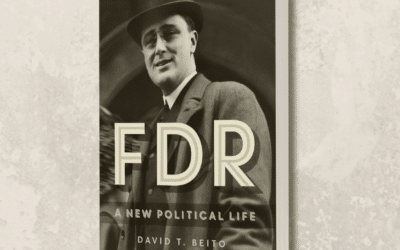So, $47 billion on free college tuition; $1 trillion for new infrastructure; $1.4 trillion to write off student loan debt; at least $7 trillion on a Green New Deal; $32 trillion on “Medicare for All.” By one estimate, these new spending proposals total an estimated $42.5 trillion over the next decade. And this is on top of federal budget deficits, which are projected to rise from $779 billion to $1.37 trillion annually over the same period.
Who is going to pay for all this?
“The Rich” Won’t Pay for It All
“The rich” is one currently popular answer. New York’s high-profile Rep. Ocasio-Cortez recently suggested that her proposed “Green New Deal” could be financed by a new 70 percent marginal tax rate on “the tippie tops” earners. Sen. Warren has proposed a tax of two percent on wealth above $50 million and three percent on net wealth above $1 billion.
This is on top of what “the rich” already pay. Individual income taxes remain the federal government’s single biggest source of revenue. In fiscal year 2018, they were expected to bring in roughly $1.7 trillion, about half of all federal revenues. The bottom-earning 50 percent of taxpayers, who received 11.6 percent of total US income, paid three percent of this. The top-earning one percent, who earned 19.7 percent of total income, paid 37.3 percent. This was more than the bottom 90 percent combined (30.5 percent). These figures are worth remembering when politicians demand that the rich pay their “fair share.”































